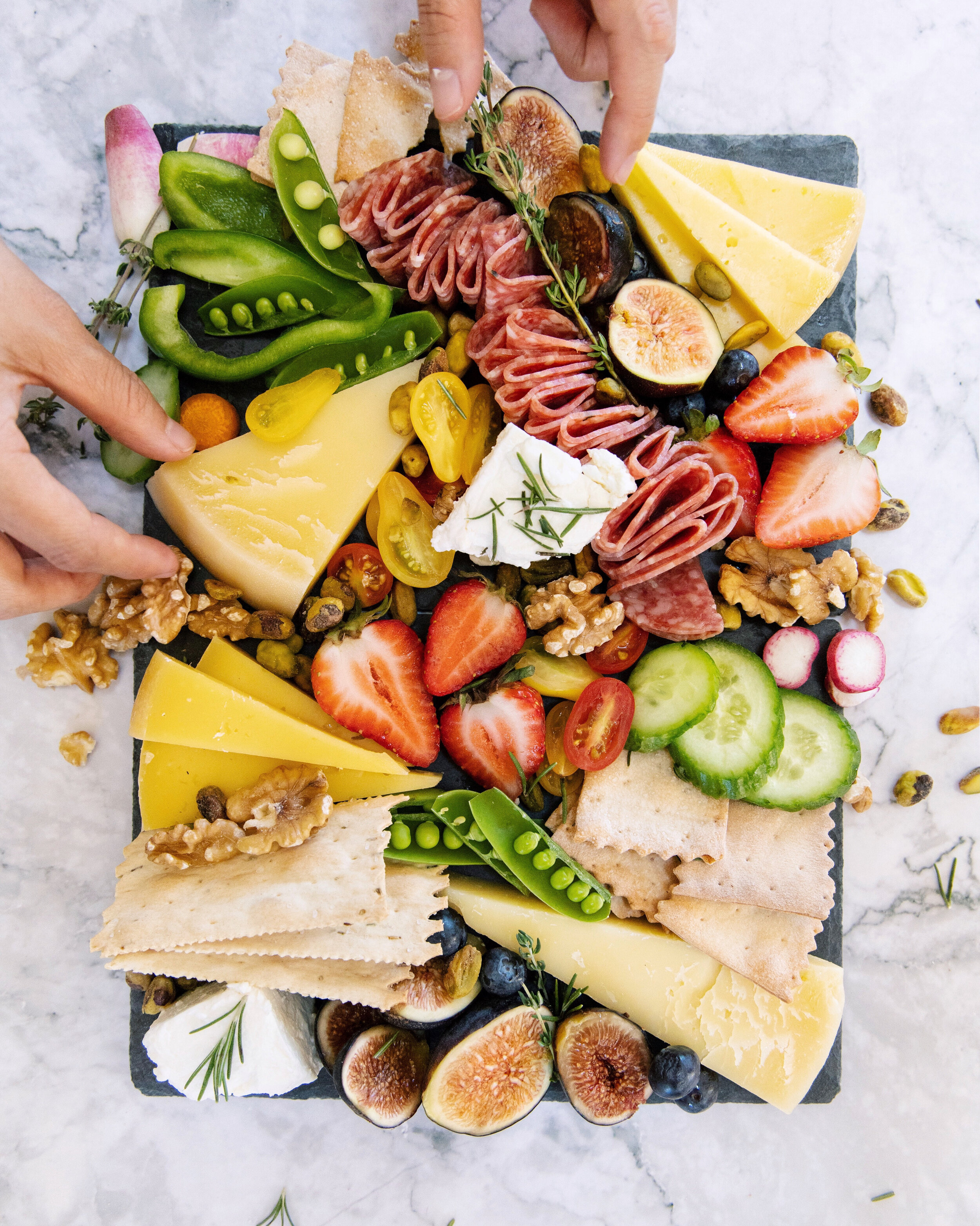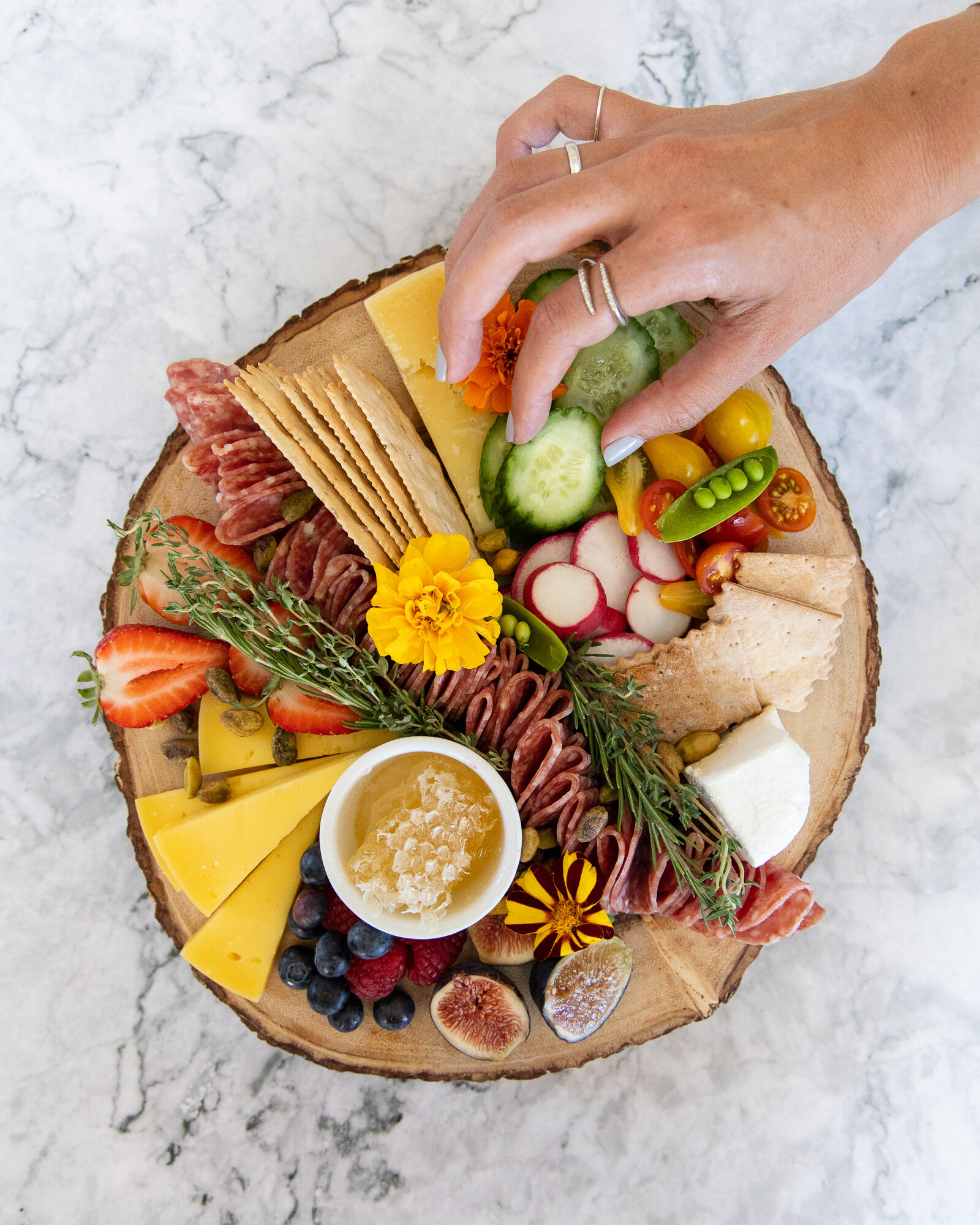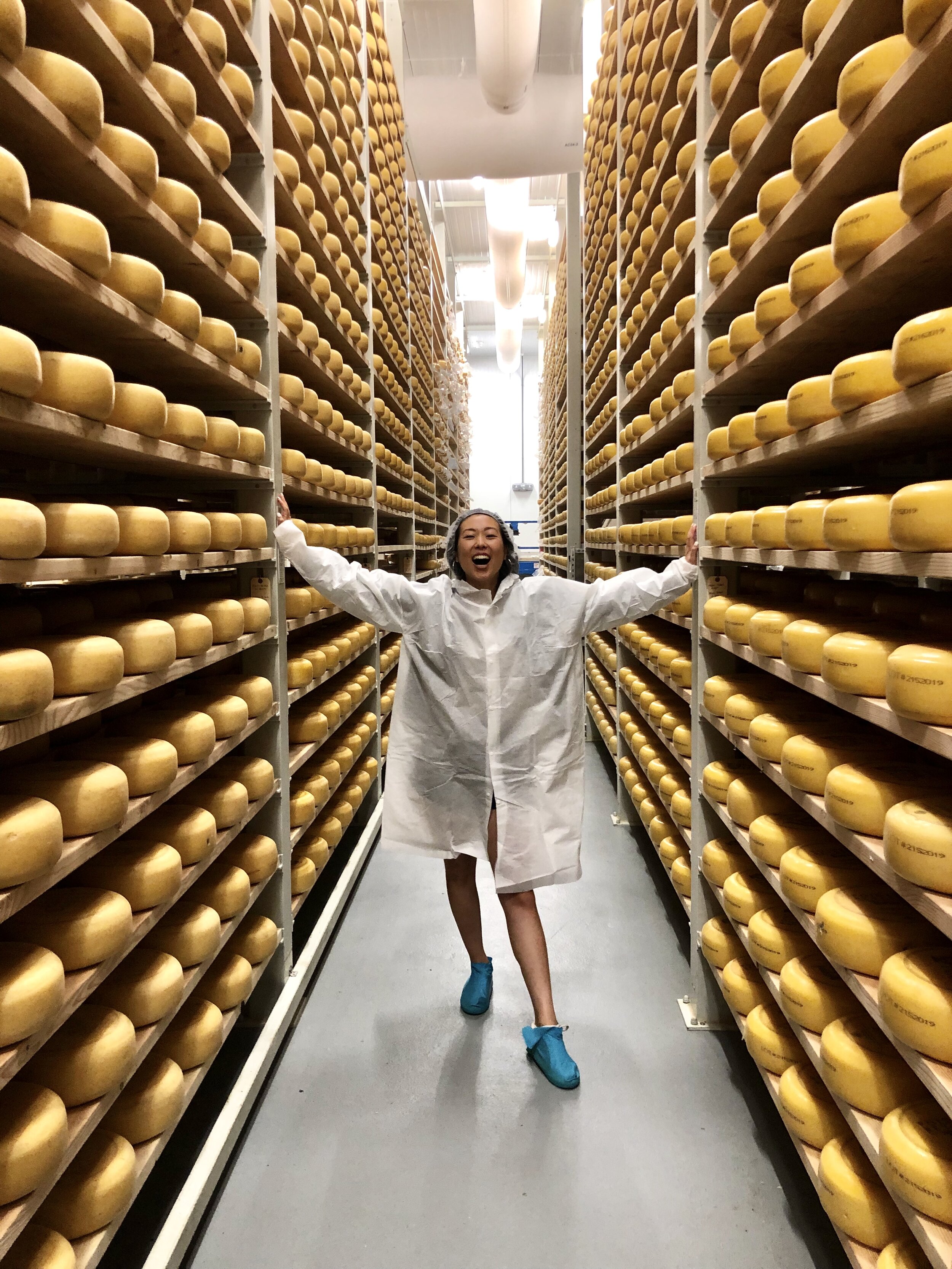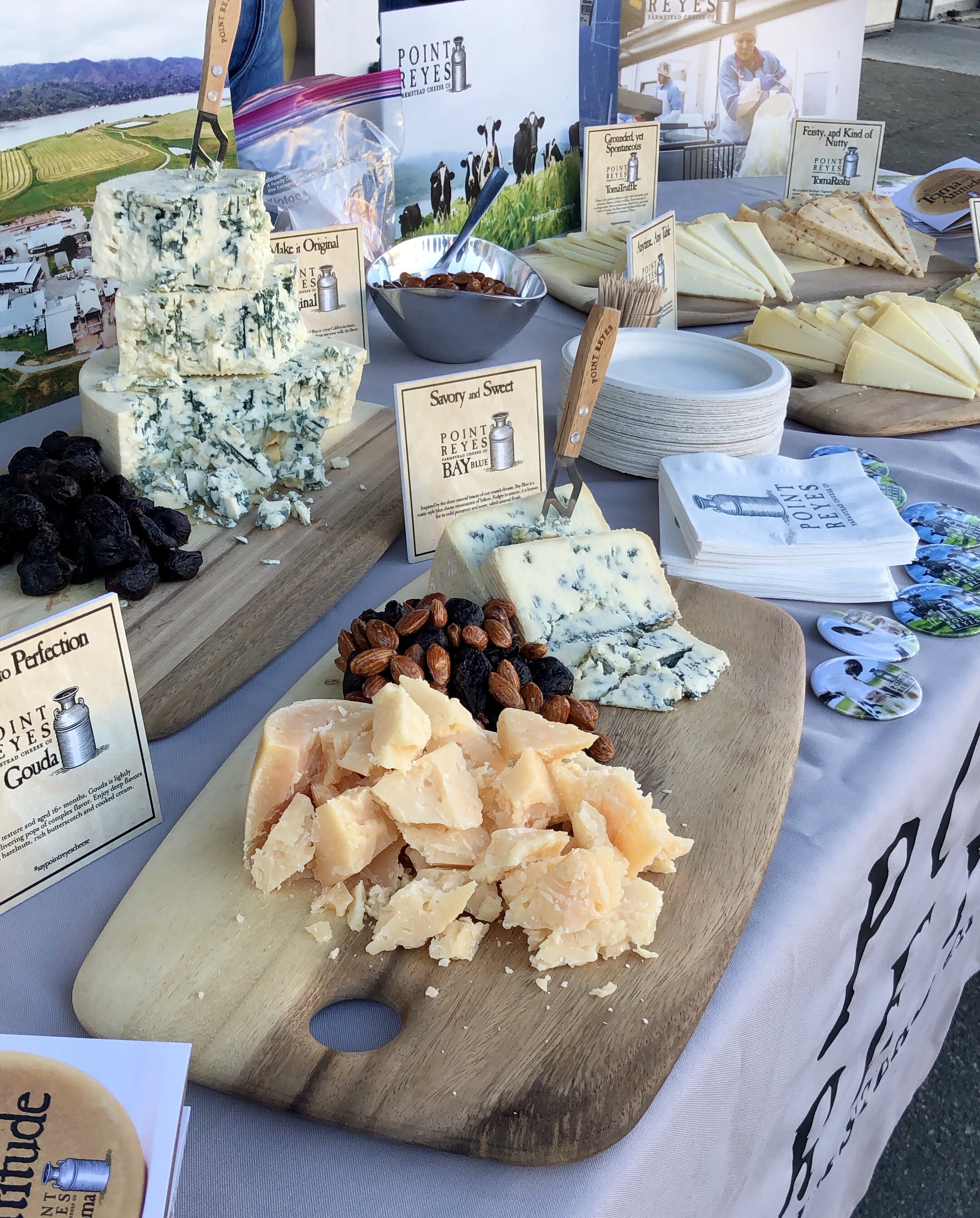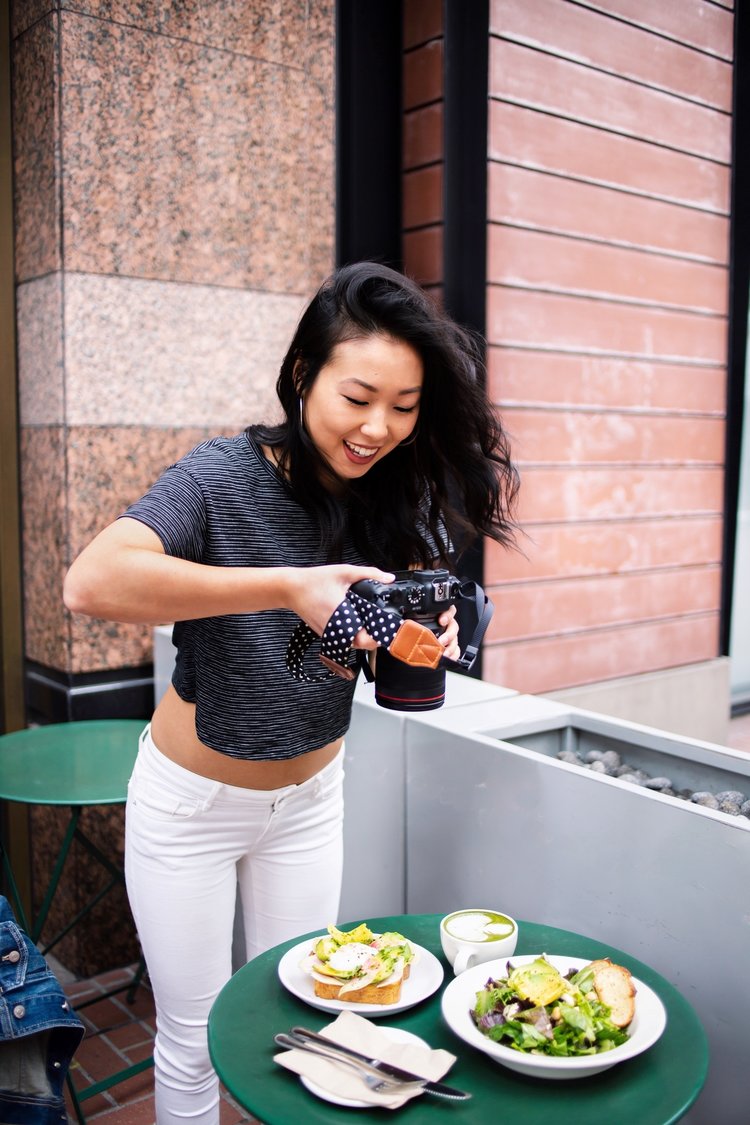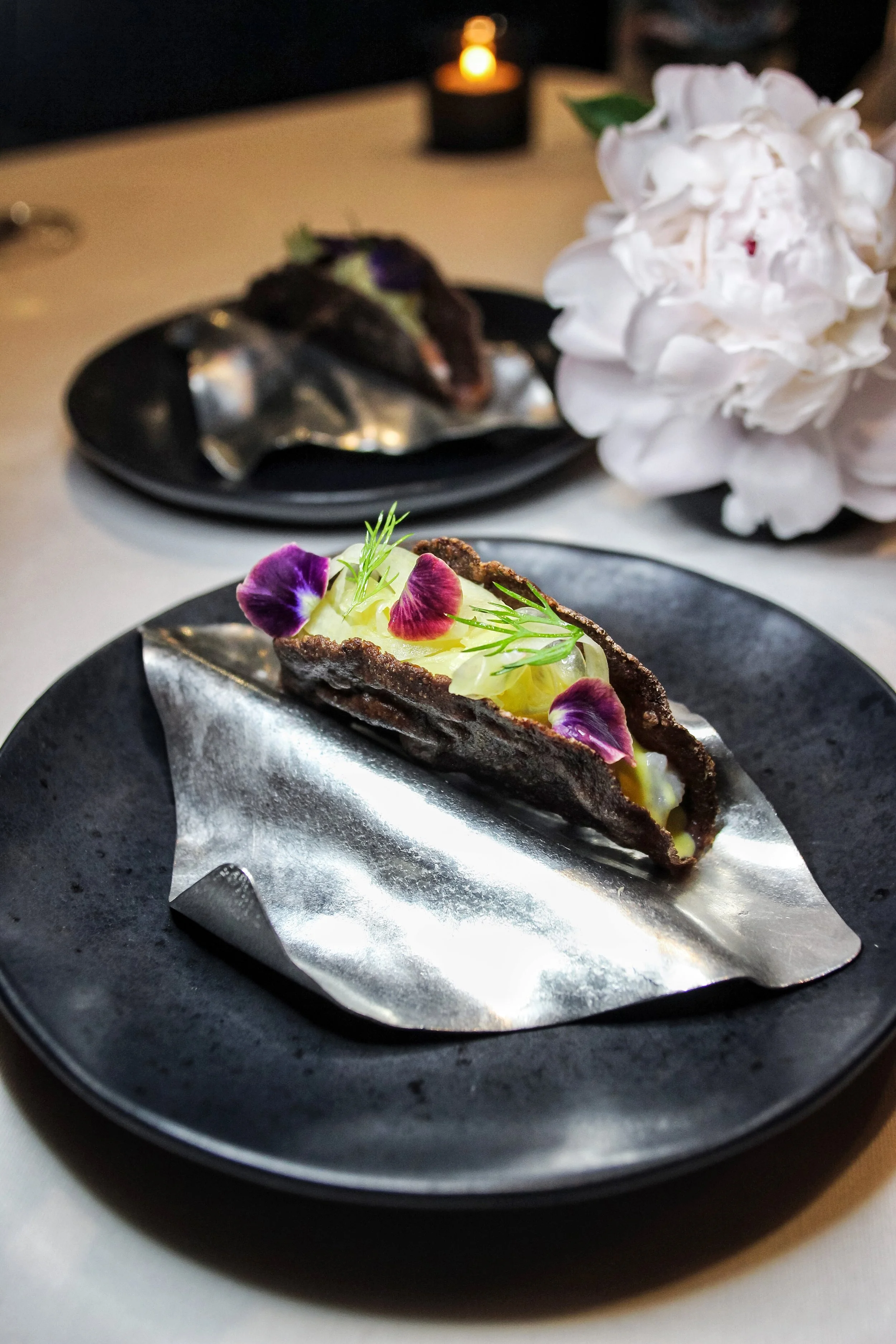Dear Cheese Lovers
This post is for you! Did you know that California is the largest milk producer and second largest cheese producer in the US? That means California produces 2.5 billion pounds of cheese each year 🙀I recently spent 48 hours in Sonoma non stop eating and breathing cheese (I’m not exaggerating, I was basically sweating cheese!) with Real California Milk to learn about all things cheese. The trip made me realize how grateful I am for not being lactose intolerant because I don’t know what I would do if I couldn’t have cheese in my life. Read on for tips that every cheese lover should know!
PAIRING CHEESE & WINE
The general rule of thumb is to pair mild cheeses with white wine or sparkling and pair stronger cheeses with red wines. However, that’s not always the case and you can always go off course. Need some inspiration? Here are the pairings we had at Repris Winery. Unfortunately, their wines aren’t for public sale but at least you can get an idea of what pairs well!
Bellwether Farms Ricottta & a white wine blend
Nicasio Valley Tomino & Cabernet Sauvignon
Cowgirl Creamery Mt. Tam & Chardonnay
Valley Ford Estero Gold & Pinot Noir
Fiscalini Cheddar & Syrah
Vella Dry Jack & Cabernet Sauvignon
Pt. Reyes Bay Blue & a Cabernet Sauvignon/Cabernet Franc blend
In terms of pairing cheeses with cheeses, I usually choose three to create a nice variety in textures and flavors — one mild/soft (ricotta, mozzarella, brie, fromage blanc), one in between (gouda, toma, pepper jack), and one strong/hard (cheddar, jack, blue).
THE PERFECT CHEESE BOARD
Cheese boards tend to look very impressive and that’s because there’s a method to the madness! I love making cheese boards but never had a strategy so I would have a hard time making it look cohesive at times. We got a lesson from the cheese board queen, Marissa Mullen, who created @cheesebynumbers and @thatcheeseplate. Here are her steps to creating that perfect cheese board:
Cheese - Depending on the size of your board, either cut your cheese into smaller slices/triangles or leave them as a block and let people chip off pieces themselves if you have a big board.
Meat - Fold your salami in half and then in half again before stacking them from one end of the board to another to create a sort of “salami river”. Since I don’t eat meat, I use smoked salmon and fold them into petals.
Produce - Add fruits & veggies to your board to make it more colorful. My staples are cucumbers, apples, grapes, and cherry tomatoes but I love adding any produce that’s in season at the moment (berries, pears, snap peas, etc.).
Crunch - Aka the vessels to carry the cheese — crackers, pretzel chips, slices of toasted bread, and nuts. I like to use nuts to fill in any gaps in the board so that every inch is covered.
Dips - Fig jam is always a MUST. If you don’t have fig jam on hand, honey works well for a sweet touch too. I also like to add hummus or smashed avocado to complement the cheese but also give people other options.
Garnish - Add a few sprigs of fresh thyme, rosemary, or edible flowers on top of everything if you really want to be fancy.
LOCAL CHEESE SHOPS TO VISIT
Looking for an easy day trip (aka driving from cheese shop to cheese shop eating cheese)? Or if you’re really ambitious, you could even make your way down the state tasting cheeses by starting in Chico and ending in LA. I have yet to make that trip so in the meantime, here are some local North Bay spots to hit up!
Point Reyes Farmstead Cheese Co. - We weren’t able to make it to the main property in Point Reyes so we visited their processing plant in Petaluma instead. Unfortunately, their processing plant is closed to the public but you can book classes, tours, and events at their main location. Point Reyes is known for their Bay Blue and Toma cheeses. I’m not a blue cheese fan but Point Reyes’ has some of the best and I would highly encourage you to at least try a bite of theirs to see for yourself. However, their Toma cheeses were the real standout to me, considering they were created for people who don’t like blue cheese, and they recently released new flavors which are all bomb.
Marin French Cheese - You’ve probably seen Marin French Cheeses at your local grocery store but you’ve probably never seen their full line of cheeses. When you visit their shop, you’ll get to witness all the different flavors and types of cheese they make (and even get to try them). The shop has a cafe where you can grab sandwiches to go or enjoy them outside the shop at the picnic tables next to their pond.
Nicasio Valley Cheese - Best known for their fromage blanc style cheeses, Nicasio Valley Cheese has ten different types of soft cheeses (many of which have won various awards). Their shop, which is linked to their production facility, is quite small but they do have all their cheeses on display to sample. We were lucky enough to spend some time with Rick LaFranchi, owner of LaFranchi Farms and Nicasio Valley Cheese, and even got to drive up to his ranch. The LaFranchi Ranch consists of 1,150 certified organic acres, which is actually (and surprisingly) considered a smaller production ranch. Not only does the ranch supply the milk for Nicasio Valley Cheese but it also supplies milk to Clover Sonoma, which has some of the highest quality milk standards in the industry. It’s always so rewarding to see where our food really comes from and it’s even more of a treat to meet the faces behind it!
Obviously there are no set rules on how to eat or pair cheese other than to enjoy it but hopefully this guide gives you some helpful tips and ideas!
Note: This post was sponsored by Real California Milk. To find Real California Milk cheeses near you, look for the Real California Milk seal or use the product locator linked HERE.





